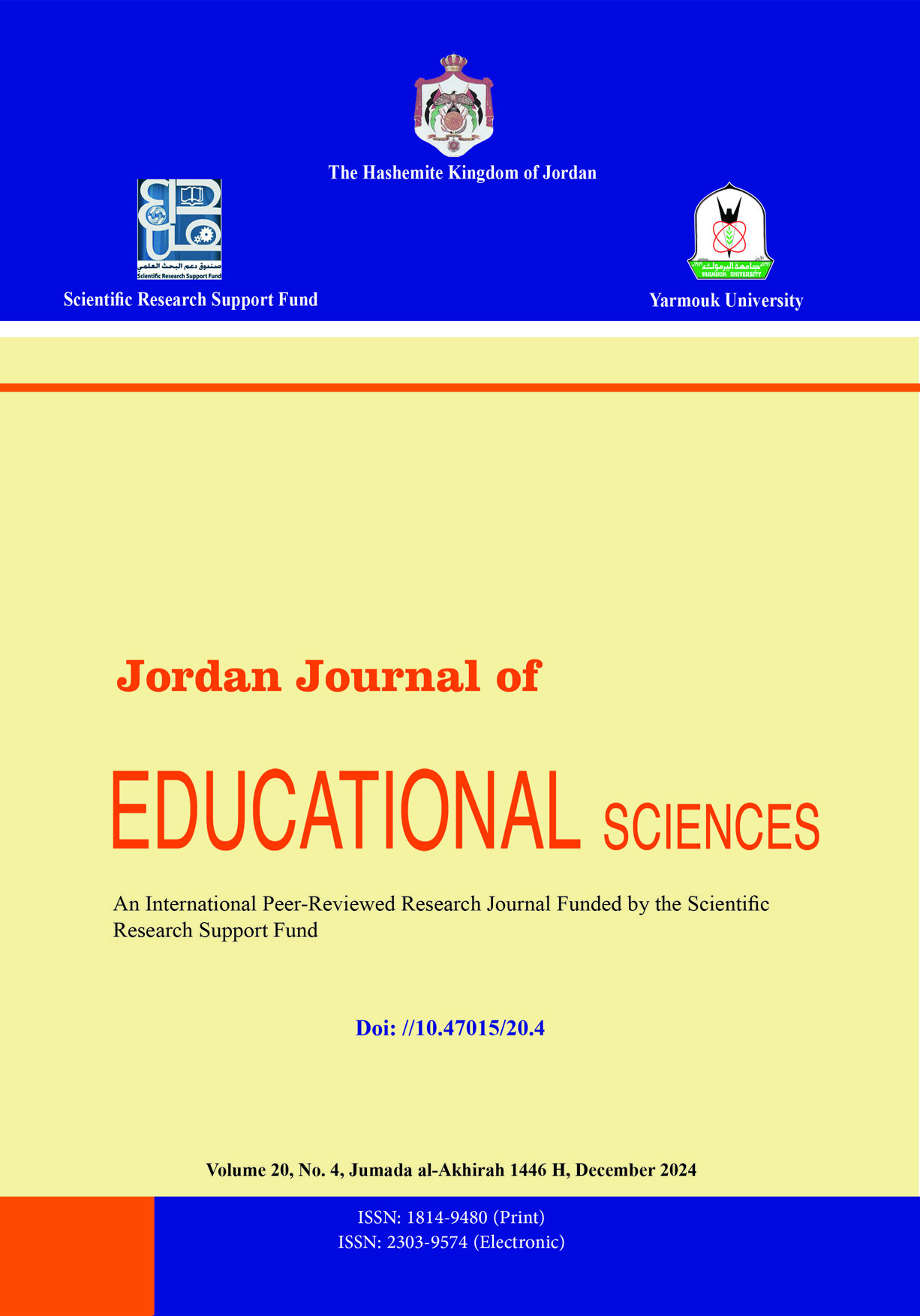Predictive Ability of Obsessive-Compulsive Disorder Symptoms and Health Anxiety in Detecting Cyberchondria among Nursing Students of Jordan Universities
DOI:
https://doi.org/10.47015/20.4.4Abstract
Objectives: The study aimed to identify the level of the degree of relative contribution of each of the symptoms of obsessive-compulsive disorder and health anxiety to cyberchondria. The study sample consisted of 816 nursing students (178 males, 638 females) at Jordanian universities who were selected using the available method. To achieve the objectives of the study, the researcher used the McElroy et al. (2019) scale for cyberchondria, the Salkovskis et al. (2002) scale for health anxiety, and the Goodman et al. (1989) scale for obsessive-compulsive disorder. Methodology: Predictive descriptive approach. Results: This was after ensuring the validity and reliability of the instruments. The results of the study indicated that the overall symptoms of obsessive-compulsive disorder were low on all dimensions. The level of the overall health anxiety was also low on all dimensions, and that the overall level of cyberchondria was moderate. The level of the “Excessiveness” dimension was high, while the level of the two dimensions (Distress and Reassurance) was medium level, and the “Compulsion” dimension obtained low level. The results of the study showed the ability of both obsessive-compulsive disorder symptoms and health anxiety to predict cyberchondria. They explained an amount of (8.90%) of the cyberchondria, and the predictive variables explained an amount of (4.70%) of the “Excessiveness” dimension. The predictive variables explained an amount of (9.30%) of the “Distress” dimension. The predictive variables explained an amount of (1.70%) of the “Reassurance” dimension. The predictive variables explained an amount of (10.70%) of the “Compulsion” dimension. Conclusion: The study concluded with a set of recommendations. The most prominent of which was working on future studies with other groups, such as medical students or hospital workers. This is to expand the results further.
Keywords: Cyberchondria, Obsessive-Compulsive Symptoms, Health Anxiety, Nursing Students, Jordanian Universities.

